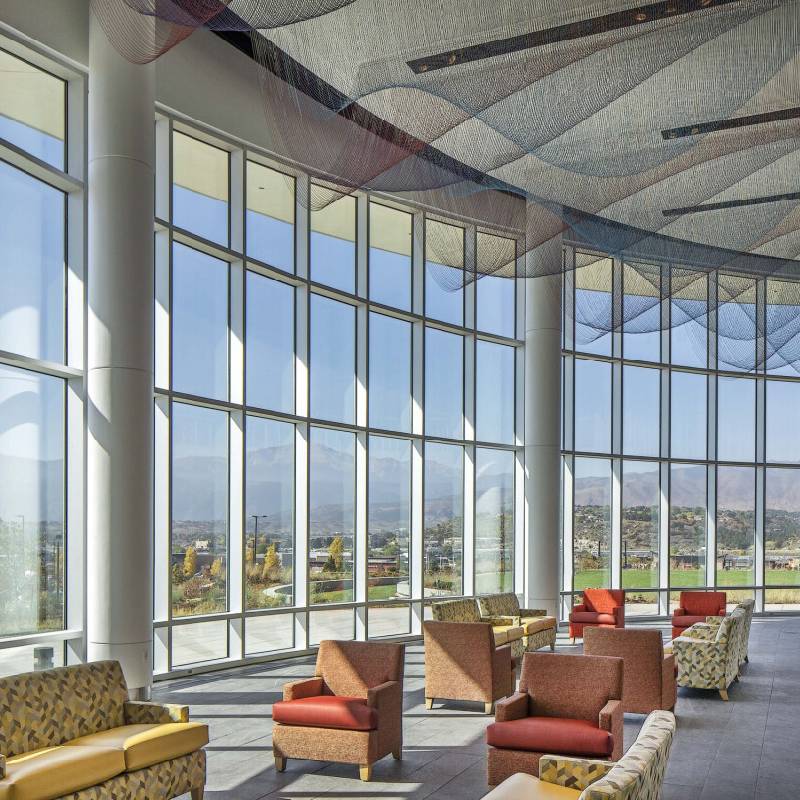

The Allure of Reflective Gray Glass A Modern Design Element
In the realm of modern architecture and interior design, materials play a monumental role in shaping not only the aesthetics but also the functionality of spaces. Among these materials, reflective gray glass has emerged as a favored choice, captivating designers and homeowners alike with its unique blend of elegance and versatility. This article delves into the characteristics and applications of reflective gray glass, showcasing why it has become an essential component in contemporary design.
Reflective gray glass, as the name suggests, features a mirror-like finish that provides a distinctive visual appeal. Its subtle gray hue allows it to harmonize with various color schemes, making it a versatile choice for both residential and commercial projects. The reflective quality of this glass can create a sense of depth in a space, effectively opening up smaller environments and enhancing the perception of natural light. When sunlight interacts with reflective gray glass, it produces a soft, diffused illumination that can transform the ambiance of a room while reducing glare.
One of the most prominent advantages of reflective gray glass is its ability to provide privacy without sacrificing natural light. In urban settings where buildings are in close proximity, this characteristic makes it an ideal choice for offices and residential buildings alike. The exterior of a skyscraper clad in reflective gray glass can project a sleek, polished image, while allowing occupants inside to enjoy unobstructed views of the skyline. This balance of privacy and visibility underscores the practicality and allure of reflective gray glass in high-rise architecture.

Additionally, reflective gray glass is a sustainable choice for modern constructions. With growing awareness regarding environmental impact, builders are increasingly incorporating energy-efficient materials into their designs. Reflective gray glass can help reduce energy consumption by minimizing the need for artificial lighting during daylight hours and providing thermal insulation. As a result, buildings designed with this material can achieve better energy ratings, contributing to a more sustainable future.
The application of reflective gray glass extends beyond commercial and residential exteriors to interiors as well. Designers are embracing this material in various contexts, from kitchen backsplashes to bathroom walls. In kitchens, reflective gray glass captures the essence of contemporary style while providing an easy-to-clean surface that resists stains. In bathrooms, it can create a spa-like atmosphere, adding a layer of sophistication and tranquility. This interior versatility further cements reflective gray glass as a staple in modern design.
Moreover, the reflective surface of gray glass can serve as a canvas for artistic expression. It can be combined with innovative lighting designs or incorporated into artistic installations, creating an interaction between light, reflection, and color that challenges the traditional perceptions of space. In art galleries, reflective gray glass can enliven the exhibition experience, inviting viewers to engage with their surroundings in novel ways.
In conclusion, reflective gray glass is more than just a material; it is a design philosophy that integrates aesthetics, functionality, and sustainability. Its unique properties enable it to meet the diverse needs of contemporary architecture and interior design, making it a preferred choice among professionals and enthusiasts alike. As the design world continues to evolve, one thing is clear reflective gray glass will remain a defining element of modern aesthetics, illuminating our spaces with its understated elegance and timeless appeal.